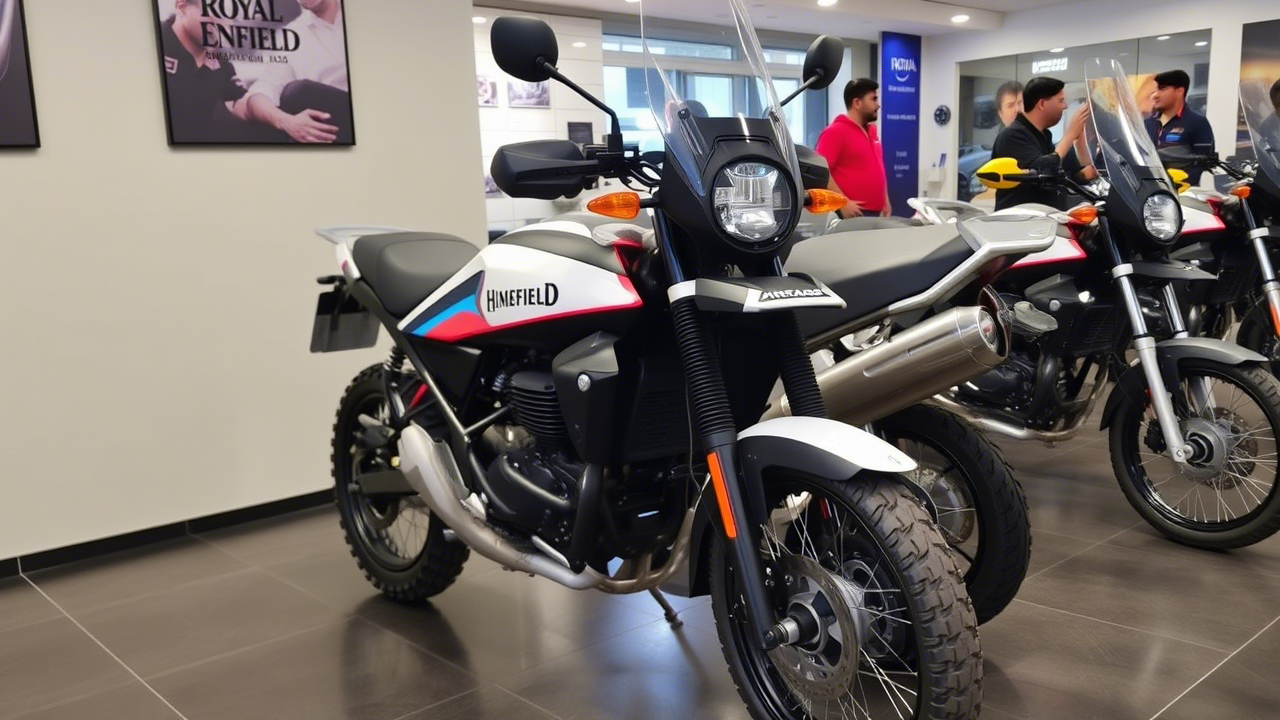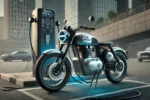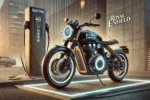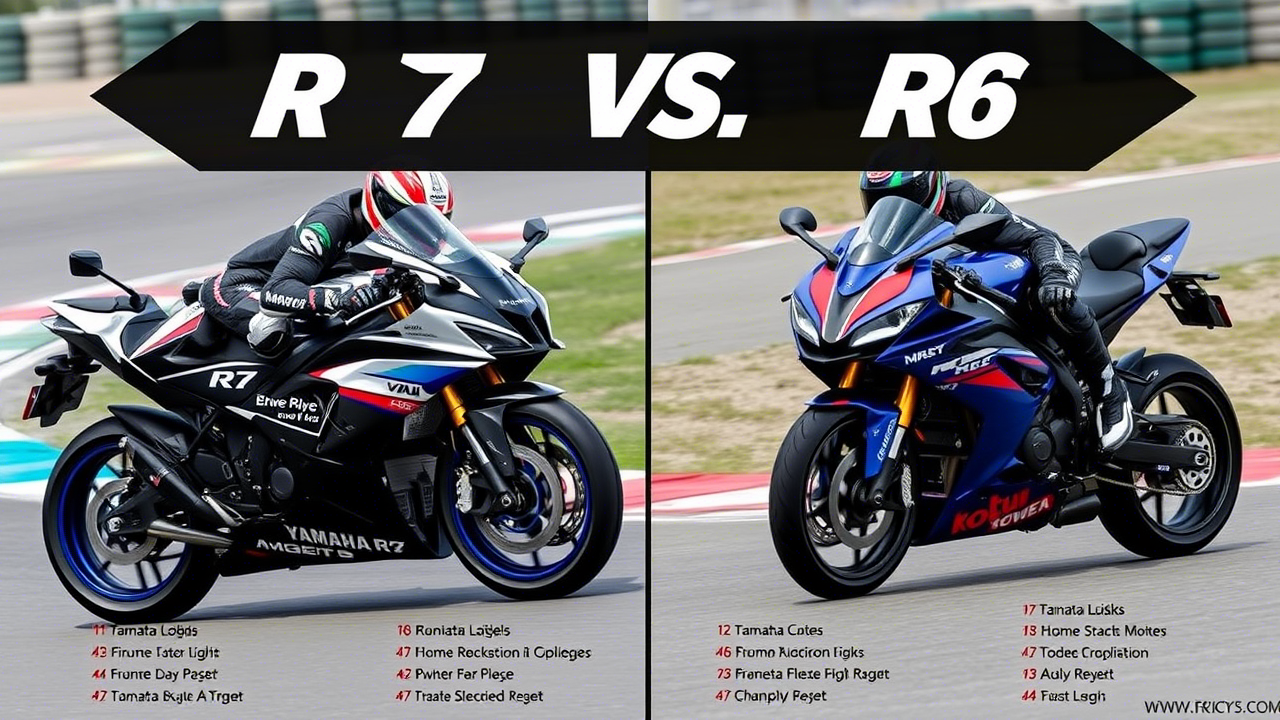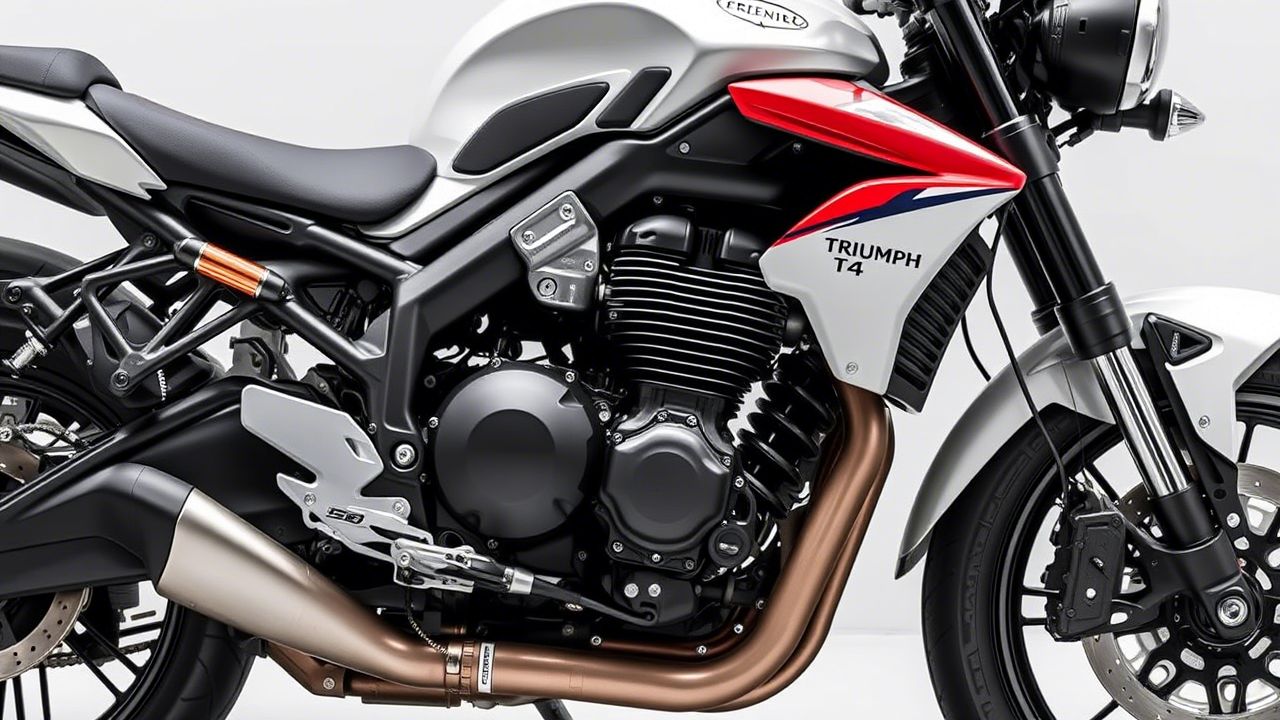The Royal Enfield Himalayan 450 is one of the most anticipated adventure bikes of 2025, designed to tackle both highways and rugged terrains with ease. But how well does it perform off-road? Does the new liquid-cooled 452cc engine, upgraded chassis, and suspension make it a true off-road machine?
We put the Himalayan 450 to the test on challenging trails, including rocky paths, muddy tracks, steep inclines, and river crossings, to see if it truly lives up to its adventure motorcycle reputation.
🏍️ Himalayan 450 Off-Road Test: Key Specs & Features
Before we dive into the off-road test, let’s take a quick look at the Himalayan 450’s key specs that influence its performance on rough terrain.
| Specification | Details |
|---|---|
| Engine | 452cc, single-cylinder, liquid-cooled |
| Power | 40 HP @ 8,000 RPM |
| Torque | 40 Nm @ 5,500 RPM |
| Transmission | 6-speed gearbox with a slipper clutch |
| Front Suspension | USD forks with long travel (approx. 200mm) |
| Rear Suspension | Monoshock with link-type suspension |
| Ground Clearance | ~230mm |
| Front Wheel | 21-inch spoked wheel |
| Rear Wheel | 17-inch spoked wheel |
| Seat Height | Adjustable (825mm – 845mm) |
| Weight | ~190kg (kerb weight) |
The combination of a torquey engine, long-travel suspension, 21-inch front wheel, and high ground clearance makes it look great on paper for off-road adventure riding. But how does it feel in real-world conditions?
🌲 Off-Road Test: Performance in Different Terrains
🏔️ 1. Rocky & Uneven Terrain
Test Conditions: We took the Himalayan 450 on a rocky trail with loose gravel, big stones, and uneven surfaces.
✅ Impressive Suspension: The long-travel USD front forks and rear monoshock absorbed shocks well, making it comfortable on bumpy terrain.
✅ 21-inch Front Wheel Advantage: The large spoked front wheel handled rocks better than smaller-wheeled ADV bikes.
✅ Torque Delivery: The 40Nm of torque helped the bike crawl over rocks smoothly, especially in lower gears.
❌ Heavier Feel: At 190kg, it’s not the lightest off-road bike, which made it feel slightly cumbersome in slow-speed maneuvers.
➡ Verdict: Handles rocky terrain well, but you need to be mindful of its weight when maneuvering through technical sections.
🌧️ 2. Muddy & Slippery Trails
Test Conditions: Wet, slippery trails with deep mud patches.
✅ Linear Power Delivery: The throttle response was smooth, which helped maintain traction in muddy conditions.
✅ Switchable ABS: The rear ABS can be turned off, allowing better control while braking on slippery surfaces.
✅ Tall Ground Clearance: The 230mm clearance prevented the bike from bottoming out in deep mud.
❌ Stock Tires Limit Grip: The OEM dual-sport tires struggled in deep mud—knobby off-road tires would perform better.
➡ Verdict: Performs well on muddy trails, but serious off-roaders should consider upgrading to more aggressive off-road tires.
⛰️ 3. Steep Inclines & Descents
Test Conditions: Steep dirt trails with loose rocks and gravel.
✅ Strong Low-End Torque: The bike climbed steep inclines effortlessly, thanks to its torquey engine and well-spaced gearing.
✅ Hill Control: The slipper clutch prevented rear-wheel locking on steep descents, allowing better control.
✅ Balanced Ergonomics: Standing up on the footpegs felt natural, thanks to well-positioned handlebars and an adjustable seat height.
➡ Verdict: A strong climber that offers great control on inclines, making it an excellent adventure touring machine.
🌊 4. Water Crossings & Wet Terrain
Test Conditions: Shallow river crossings and wet, sandy tracks.
✅ Good Water Wading Ability: The high ground clearance and well-sealed electronics meant no stalling issues in knee-deep water.
✅ Strong Chassis & Frame: The new chassis design felt sturdy and stable even when hitting submerged rocks.
❌ Weight Can Be a Factor: Heavier than some lighter adventure bikes, making it slightly challenging in deep water.
➡ Verdict: Handles water crossings well, but requires good balance due to its weight.
🔧 Recommended Off-Road Mods for the Himalayan 450
If you’re planning serious off-roading, here are some essential upgrades for even better performance:
🔹 Knobby Off-Road Tires (Pirelli Scorpion Rally, Metzeler Karoo 3) – Better grip on mud and loose gravel.
🔹 Handlebar Risers – Improves comfort when riding in a standing position.
🔹 Skid Plate / Bash Plate – Protects the engine from rocks and debris.
🔹 Crash Guards & Handguards – Prevents damage from falls and rough terrain.
🔹 Upgraded Suspension (Adjustable Rear Shock) – For better damping control on extreme trails.
🏆 Final Verdict: Is the Himalayan 450 a True Off-Road Bike?
✅ Pros:
✔ Powerful, torquey engine with smooth low-end delivery
✔ High ground clearance & long-travel suspension for tackling rough terrain
✔ 21-inch front wheel enhances stability on dirt and gravel roads
✔ Switchable ABS helps in off-road braking
✔ Comfortable riding stance for both seated and standing positions
❌ Cons:
❌ Heavier than some rivals like the KTM 390 Adventure
❌ Stock tires limit extreme off-road capability
❌ No advanced off-road riding modes (like traction control or ride modes)
🏁 Final Score (Off-Road Performance):
⭐ 8.5/10 – Capable adventure bike, but heavier than some competitors and could benefit from better off-road tires.
The Royal Enfield Himalayan 450 is one of the best mid-range adventure motorcycles for off-road touring. It’s rugged, powerful, and comfortable, making it a great choice for riders looking for a capable off-road companion without the high price tag of premium ADV bikes.
💬 What do you think of the Himalayan 450’s off-road performance? Would you take it on an adventure? Let us know in the comments! 🏍️🔥

